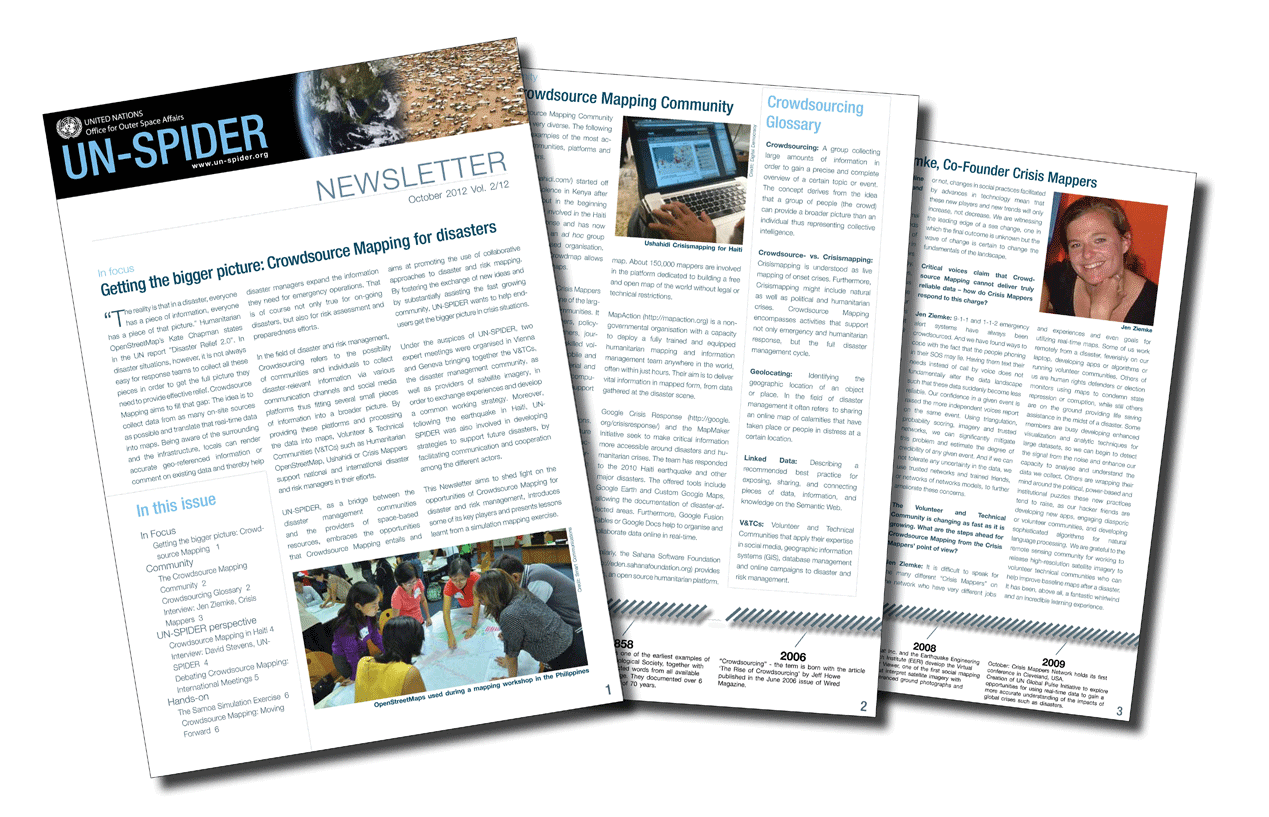 Crowdsource Mapping aims at an improved disaster management: The idea is to collect data from as many on-site sources as possible and translate that real-time data into maps. Being aware of the surrounding and the infrastructure, locals can render accurate geo-referenced information or comment on existing data and thereby help disaster managers expand the information they need for emergency operations. That is of course not only true for on-going disasters, but also for risk assessment and preparedness efforts.
Crowdsource Mapping aims at an improved disaster management: The idea is to collect data from as many on-site sources as possible and translate that real-time data into maps. Being aware of the surrounding and the infrastructure, locals can render accurate geo-referenced information or comment on existing data and thereby help disaster managers expand the information they need for emergency operations. That is of course not only true for on-going disasters, but also for risk assessment and preparedness efforts.
This Newsletter aims to shed light on the opportunities of Crowdsource Mapping for disaster and risk management, introduces some of its key players and presents lessons learnt from a simulation mapping exercise.
In this issue:
In focus
Getting the bigger picture: Crowdsource Mapping
Community
The Crowdsource Mapping Community
Crowdsourcing Glossary
Interview: Jen Ziemke, Crisis Mappers
UN-SPIDER perspective
Crowdsource Mapping in Haiti
Interview: David Stevens, UN-SPIDER
Debating Crowdsource Mapping: UN-SPIDER International Meetings
Hands-on
The Samoa Simulation Exercise
Crowdsource Mapping: Moving Forward
| Attachment | Tamaño |
|---|---|
| UN-SPIDER Newsletter: Crowdsource Mapping (668.16 KB) | 668.16 KB |
